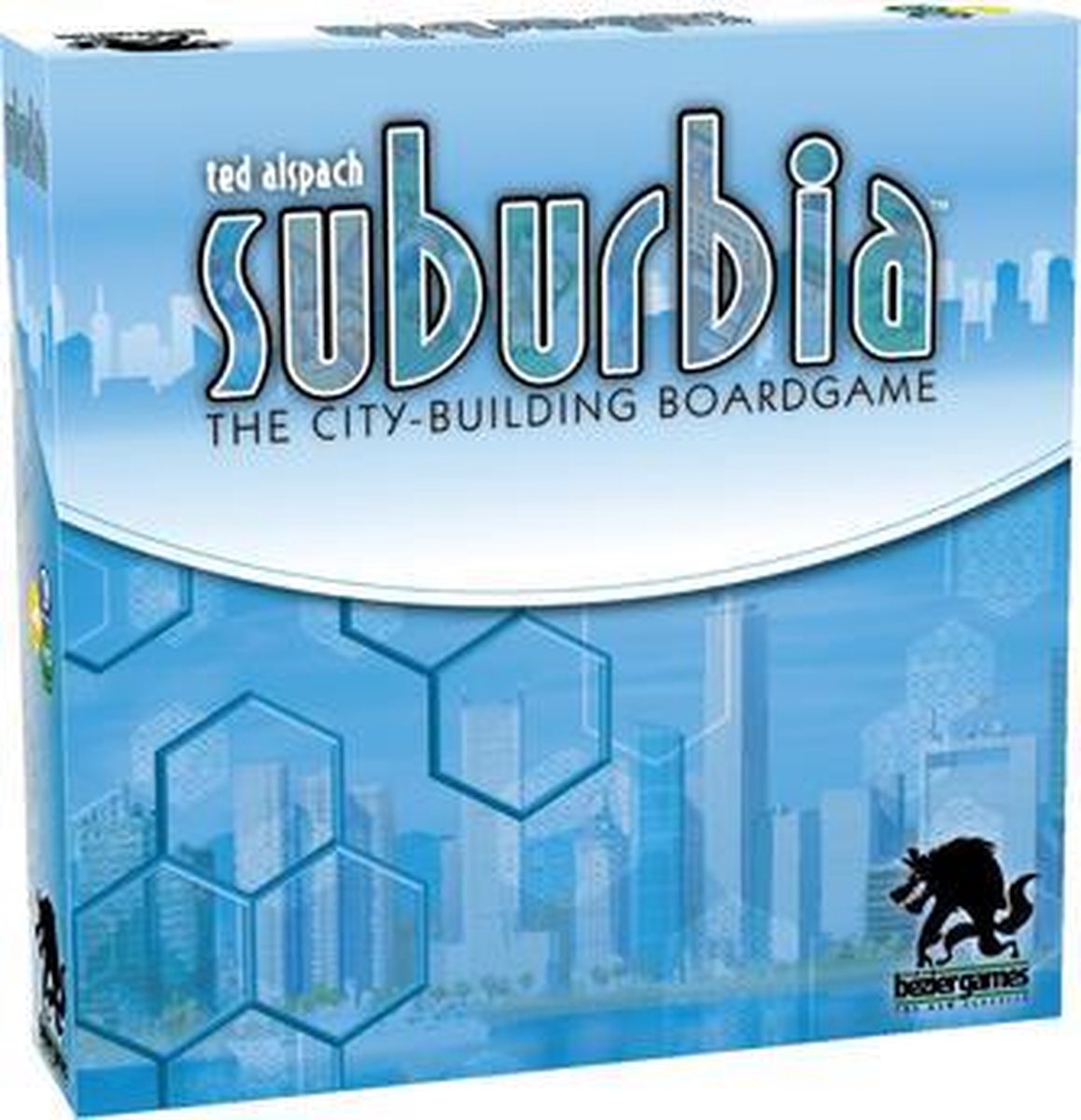

There are no ties allowed in these goals – even the private ones (but other players cannot win your private goal, they can only prevent you from gaining the points). Being the sole player to achieve a goal earns you bonus population (goals are the trendy thing). This is represented by dropping your net income and reputation one slot on your city track each time you pass over the “Red Roof Inns” as you move up the population track (though there are some city tiles that help mitigate that).Įach player selects a unique, private goal out of two that have been randomly dealt and then there are public goals equal to the number of players that all can compete to earn. However, the bigger you get, the more expensive to run your city becomes to run and you begin to lose that small town charm and become less attractive to prospective residents (dropping your reputation, which is one way you can gain population – we surmised traffic, taxes, etc. You must balance your income and your reputation as you grow your population (total population equals your victory points). Players start with a small town (a Suburb – residential, Community Park – civic, and Heavy Factory – industrial) and work to build a successful city through a combination of intrinsic growth and a high reputation that draws more people to your city. A summary of gameplay follows the introduction to the game. As a fan of city building themes in general (an old Sim City player on the computer), I decided to buy it on something of a whim. I had not really heard much about the game, but saw it in a flea market-type sale at a friendly local game store. The game is designed by Ted Alspach and published by Bezier Games.

Five cities competed to be the most populous city in America during our two games of Suburbia: Collector’s Edition this month – New York / Yellow (Chuck), Los Angeles / Purple (Doug), Chicago / Black (Peter), Washington, DC / Red (Scott G.), and Orlando / Blue (Tim).


 0 kommentar(er)
0 kommentar(er)
